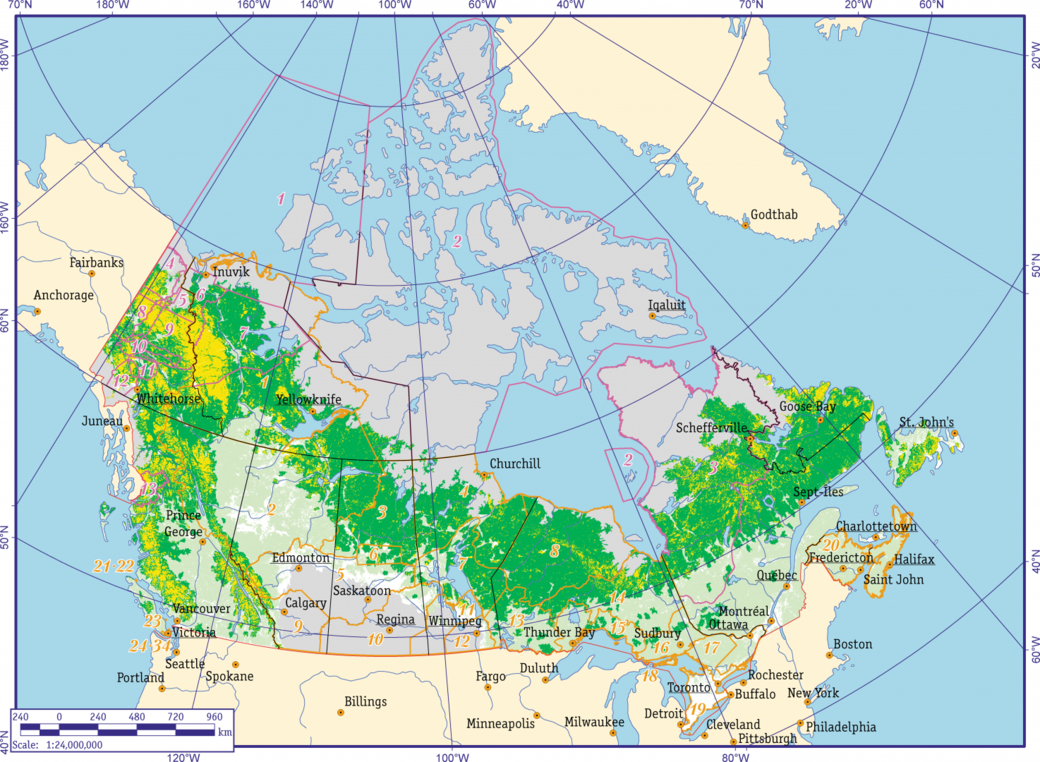
The Soaring Loonie
The rise and fall and rise again of the Canadian loonie can be confusing in its implications. When the loonie achieved parity with the American dollar early in 2008 there was a sense of euphoria among some commentators, as though Canada had finally matured as a country. Since then the loonie’s value relative to the greenback has fallen back to 79 cents but is now rising again, hovering around the high eighties or low nineties mark. The euphoria this time around has dissipated, perhaps because more serious questions stemming from the loonie’s strength are being considered. What is fuelling the loonie’s rise and what are the implications for the Canadian economy? The answer to the first question is sometimes difficult to pin down, even for seasoned economists. The answer to the second question depends on what part of the country we’re talking about.
The rise in oil prices and other commodities is an important source of the loonie’s recent ascent. When fuelled by rising commodity prices, a strong loonie will not dampen growth in Alberta and other oil rich provinces. Oil sands projects recently stalled due to the global economic slowdown are again on the threshold of profitability. If oil prices continue their upward trend, Alberta’s challenge will not be rising unemployment, but rather managing accelerated growth and the environmental consequences of oil sands production. Indeed demand for labour in the high-wage oil sector will likely leave coffee shop owners and the like scrambling again for employees. Housing prices will stabilize and then increase. The number of people joining the ranks of Alberta’s middle class will continue to swell.
In Ontario, by contrast, the rising loonie will merely exacerbate the movement of manufacturing to lower cost destinations, resulting in more job losses. Canada’s most recent employment statistics bear this trend out. Ontario’s unemployment rate increased to 9.4%, whereas the rate in every province west of it stabilized or actually decreased. Most of Ontario’s job losses were in manufacturing, and although there will continue to be an auto-manufacturing sector in the province, it will employ a small fraction of the people it did only a few years ago and at wages considerably less. The tiering of Ontario’s economy will thus likely intensify. To be sure, there will still be high salaried and high wage industries, but there will continue to be a proliferation of low wage industries as well, prompting even more pressure on the province’s middle class. From this perspective, the loonie’s rise may thus stimulate a form of uneven development of the country’s economy. At the very least, a westward shift of economic power will continue.
This is precisely why the Bank of Canada has expressed concern over the loonie’s rise and may take steps to curtail it. But the American economy remains the wild card when ruminating on the loonie’s future and by extension the fate of Ontario’s economy. A growing number of commentators are suggesting that America is in real danger of merely recreating the conditions precipitating the current recession. Consumer and mortgage debt are fueling this recession. Governments everywhere have responded to the slowdown with investments designed to stimulate the economy. Although the resulting deficits have reached record highs in many countries, they remain a manageable percentage of GDP (gross domestic product). In the United States, by contrast, the levels of spending are so high that government debt may sooner or later prompt another severe economic contraction. To complicate matters further, the staggering levels of consumer debt will likely quell the likelihood of a strong consumer led recovery.
If this is so, there is a strong likelihood that the loonie’s rise relative to the American dollar will not be temporary. Fluctuations will continue and the Bank of Canada will attempt to temper its rise, but the long-term trend is likely upwards. This trend combined with stagnant growth in the American economy will merely tighten the squeeze on Ontario’s beleaguered manufacturing sector. Pressure is thus growing on Ontario’s provincial government to be at once reactive and visionary. On the one hand, bailouts to car manufacturers save jobs in the short term. On the other hand, the public money invested comes at a time of a shrinking tax base and growing spending burdens. Ontario’s deficit this year is in the many billions of dollars and will likely increase in the coming years. And there remains a lingering sense that the auto industry and manufacturing as a whole will continue to shed jobs in the long run. Navigating the provincial economy through such choppy waters is the Liberal government’s greatest challenge.









